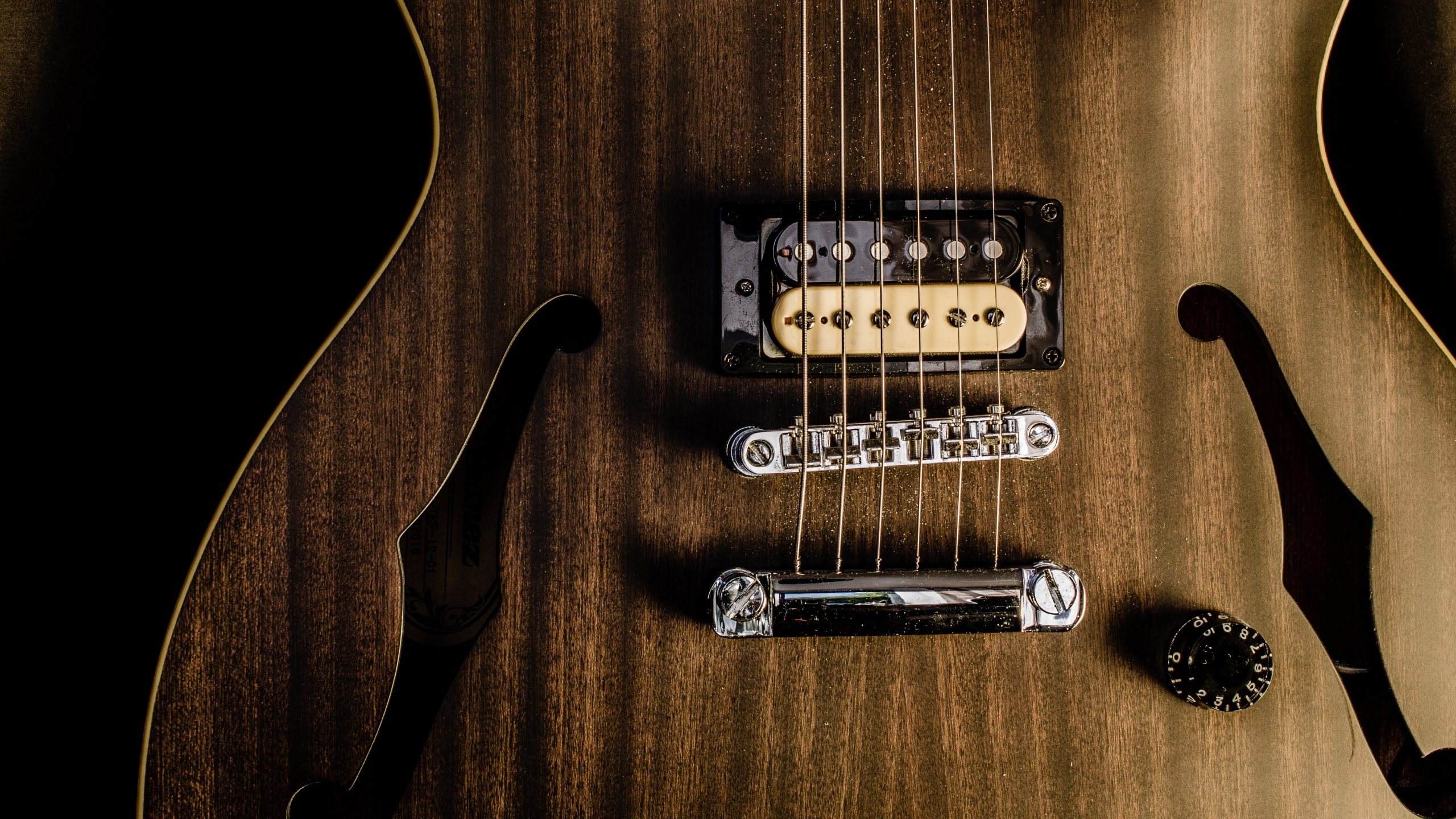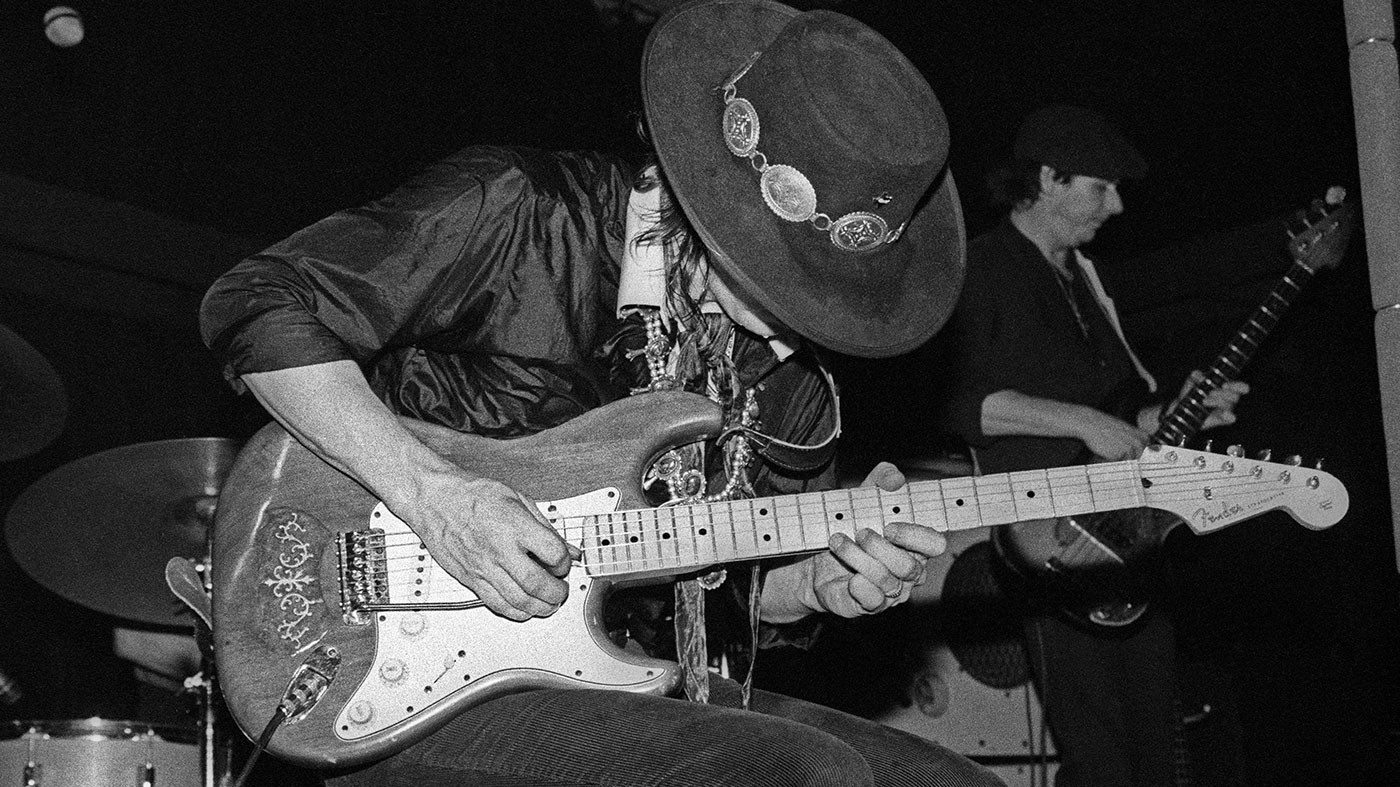The Dorian scale makes for an interesting twist you can use in a 12-bar blues. Yes, that’s right, you can use the Dorian scale over the I and IV chords of your average 12-bar blues and it’ll sound pretty cool.
Let’s take a look at how this works over a blues in E.
In the diagrams below, I’ve superimposed the E Dorian scale over the I and IV chords, which are E9 (E13) and A13, though they could just as easily be E7 and A7. What I want you to notice here is how the Dorian scale brings out extensions such as the 9, 11, and 13 (2, 4, and 6 respectively in the diagram), which will give your lines a more sophisticated jazzy flavor with the added bonus that you don’t have to change scales until you get to the V chord!
Let’s break this down a little more.
Over the E9
So, over the E9 the Dorian scale gives us 1, 2 (9), b3, 4 (11), 5, 6 (13), and b7. You might be thinking that the b3 in the Dorian scale will clash with the 3 in the chord, but if you’ve ever played a minor pentatonic scale over a blues, you know this will work if you bring out those bluesy bends on that b3, just as you would with the minor pentatonic scale. The 9, 11, and 13 allow you to imply their respective chords (E9, E11, and E13).

Over the A13
When the progression goes to the IV chord, we stick with the E Dorian scale only now it allows us to bring out a different set of intervals relative to A.

We have all the chord tones in there from A7, A11, and A13, which means you can really milk the Dorian scale over all these chords in a blues, or imply them if you’re playing an A7. We can now play the 3 because it’s in the chord, which will contrast nicely with the bluesy b3 bends you were doing over the I chord.
I’ll leave it up to you as to what you do over the V chord (B7) and if you want to see just how versatile the Dorian scale can be, we’ve created an entire improvisation system around it, which you can check out here.




